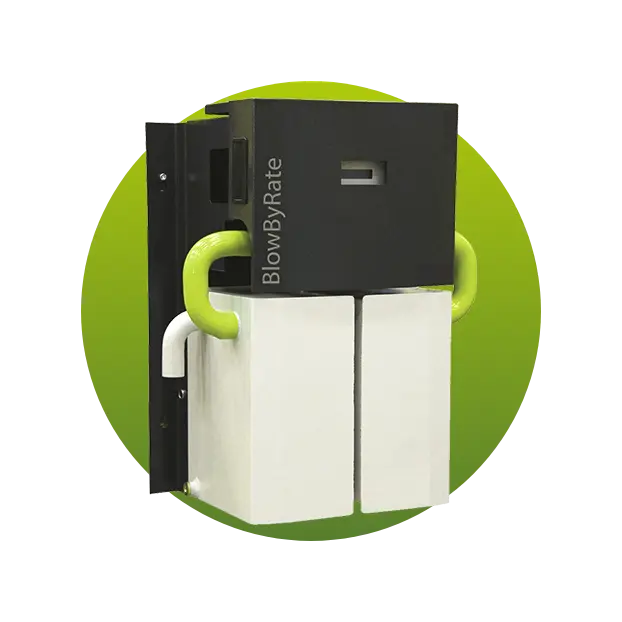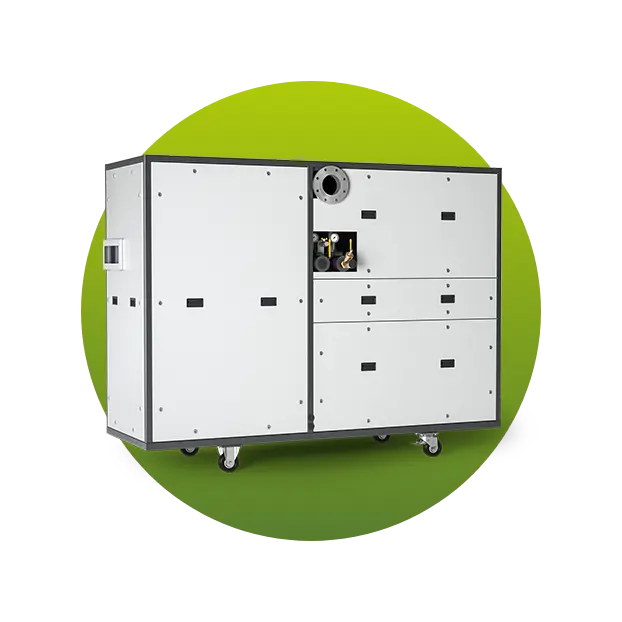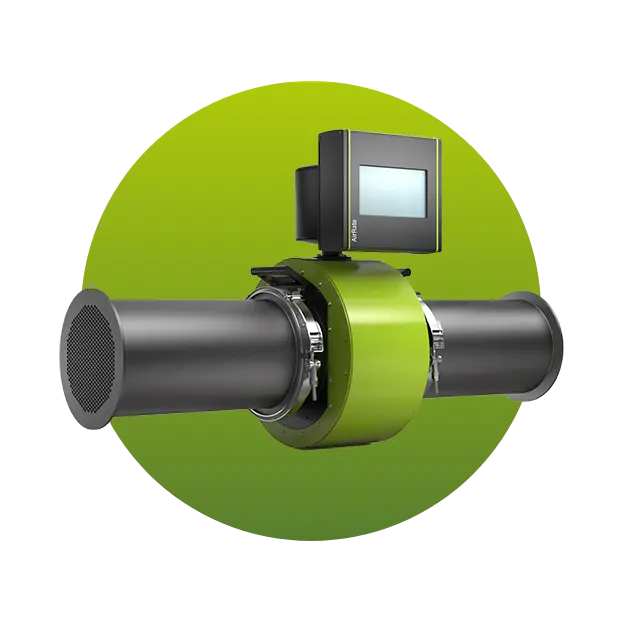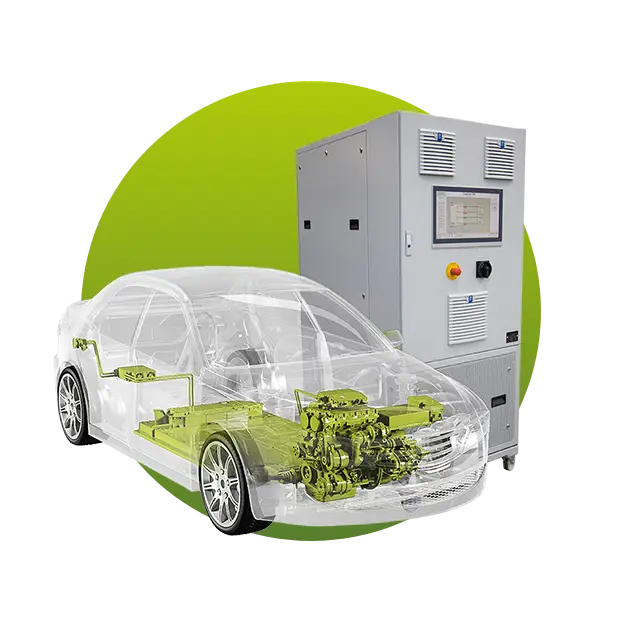
BlowByRate - BlowBy measuring system
The ENORISE BlowByRate provides continuous measurement of combustion BlowBy gases leaking into the crankcase during combustion engine operation. Combustion engine cylinder gases can leak into the engine crankcase in a variety of ways – including around the pistons, piston rings, and valve guides. In supercharged engines with a turbo charger, gases can also leak through the bearing and bearing gaskets. BlowBy gases, once in the engine crankcase, will leak out of the engine through the crankcase ventilation system.
Why?
Experience shows that measuring the amount of BlowBy gases during engine operation provides a very good method for determining the integrity of pistons, piston rings, and the cylinder wall. Continuous monitoring for increased or decreased BlowBy levels can provide immediate indication that changes in the engine may have occurred. The amount of BlowBy can increase for a number of reasons including a reduction of the mobility of the piston rings due to oil carbon buildup or a lack of the lubrication and seizing of the pistons or the piston rings.
The amount of BlowBy can decrease due to deposit formation along the bottom of the piston ring grooves. Early detection of engine changes using the ENORISE BlowByRate can lead to a reduction in test times and prevention of test object damage. The ENORISE BlowByRate is a robust, reliable, and user friendly system providing accurate BlowBy measurement in spite of contamination from BlowBy gas.
Benefits
- High speed response
- Robust and reliable system
- Orifice change performed without any tools
- Continuous measurement over long time periods is possible due to low drift (frequent zeroing not required)
- Integrated display shows the current BlowBy value as well as any system messages
- Measurement range change easily performed using integrated keypad
- Communication with the test bench computer available using an analog interface or AK-reports over USB or RS232
- ENORISE BlowByRate can be calibrated by the end user » Compact size, minimal installation requirements




